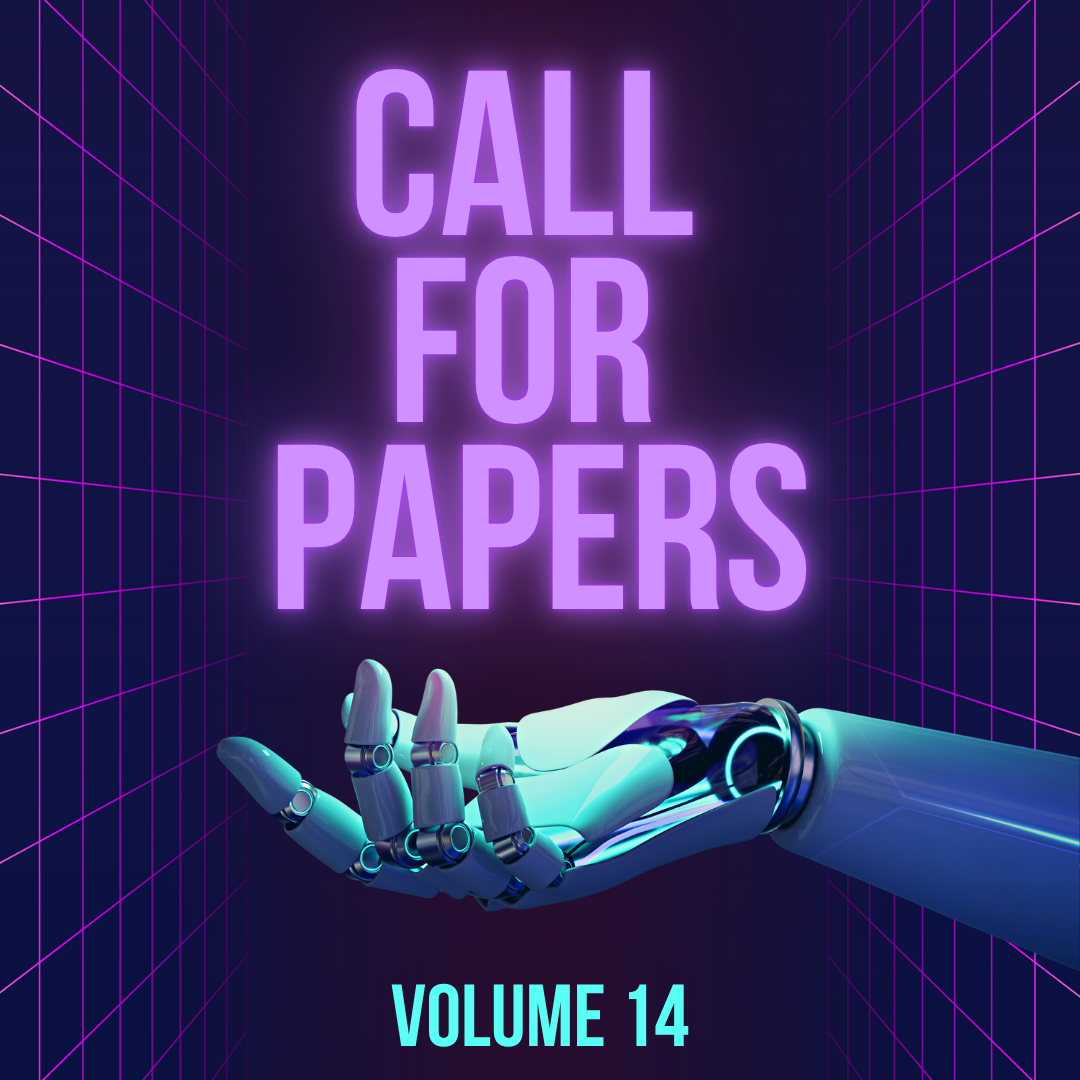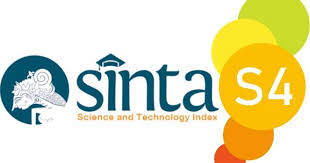Query Reformulation for Indonesian Question Answering System Using Word Embedding of Word2Vec
Keywords:
Query Reformulation, WPS, Word2Vec, IQASAbstract
Query reformulation is one of the tasks in Information Retrieval (IR), which automatically creates new queries based on previous queries. The main challenge of query reformulation is to create a new query whose meaning or context is similar to the old query. Query reformulation can improve the search for relevant documents for Open-domain Question Answering (OpenQA). The more queries are given to the search system, and the more documents will be generated. We propose a Word Predicted and Substituted (WPS) method for query reformulation using a word embedding word2vec. We tested this method on the Indonesian Question Answering System (IQAS). The test results obtained an E-1 value of 81% and an E-2 value of 274%. These results prove that the query reformulation method with WPS and word-embedding can improve the search for potential IQAS answers.



